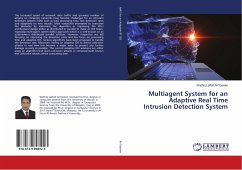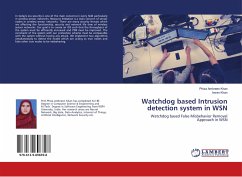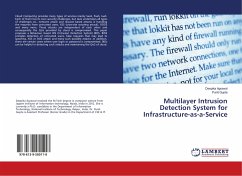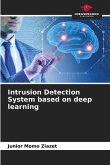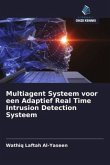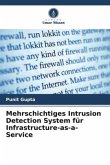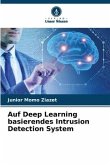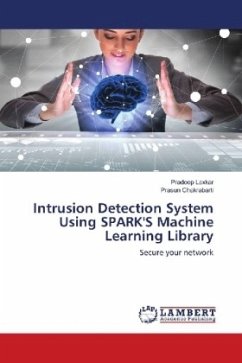The increased speed of network data traffic and growing number of attacks on computer networks have become challenges for an intrusion detection system's (IDS) such as long processing time, low detection rates and adaptively on new attacks. Most researches attempted to overcome the obstacles by improving the algorithm or improving the IDS's architectural design either as distributed or parallel to make an IDS faster, especially multi-agent system (MAS) approach which is a well-known of an autonomous distributed parallel solution. However, researches are still focusing on improving the detection rates and less focus on processing time and adaptive IDS. Various algorithms have been proposed to handle the detection rate. Moreover, having an adaptive IDS to detect unknown attacks in real time has become a major issue to prevent any further damage as early as possible. The current adaptive IDS solutions are either using an algorithm that learn unknown attacks or retrained both known and unknown attacks which consuming time.
Bitte wählen Sie Ihr Anliegen aus.
Rechnungen
Retourenschein anfordern
Bestellstatus
Storno

